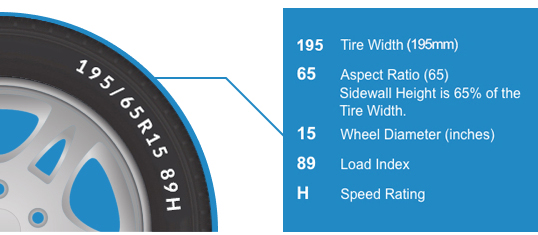
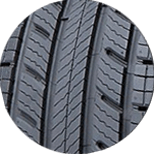
The most practical tire option for drivers of family vehicles that value comfort and longevity over higher performance. Recommended primarily for three season usage in our climate.
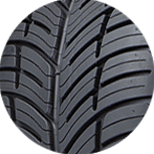
The optimal tire for drivers of sporty cars that demand more performance than a basic all season but want a more comfortable and longer lasting tire than a dedicated summer performance tire offers. Recommended primarily for three season usage in our climate.
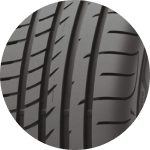
The optimal tires for drivers of performance cars that would prioritize grip and steering feel over a more comfortable and longer lasting tire. Not approved for usage in near freezing temperatures.

Offer better winter performance than a conventional All Season tire but are generally noisier, offer lower grip in warm weather and wear quicker. While not matching the performance of a dedicated winter tire these do have the 3PMS (Three peak mountain snowflake) symbol which designates that the tires are approved for use in severe winter conditions.
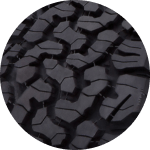
A good option for drivers of SUV and light trucks that are looking for a tire than can offer on-road and off-road capabilities in one tire. They have confident year-round traction and aggressive tread and sidewall designs but are less comfortable, noisier and quicker wearing than a regular All Season SUV/Truck tire.
When you search for tires you typically match the width, aspect ratio and wheel diameter (195/65R15). Your tires have a series of letters and numbers that are used to tell you key size information. This diagram shows a tire that is 195mm wide, has an aspect ratio of 65 and a wheel diamter of 15 inches, a load index of 89 and a speed rating (H).
For more on load index and speed rating click on
